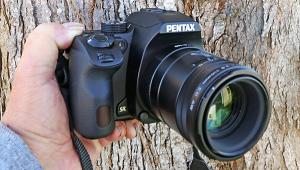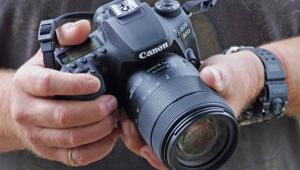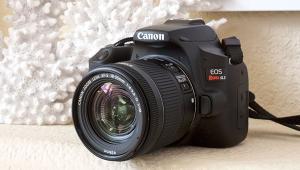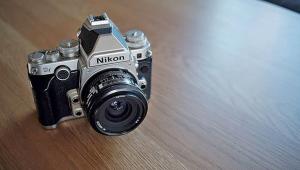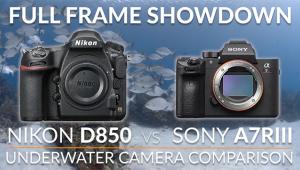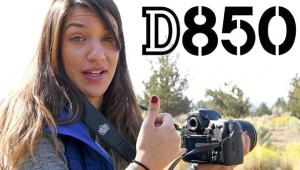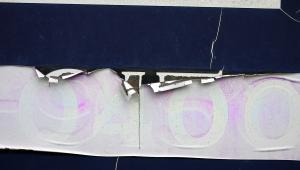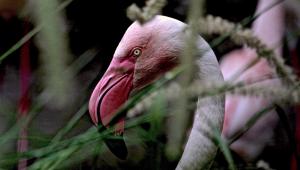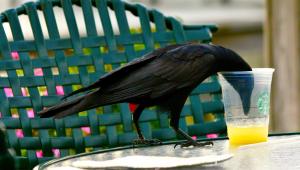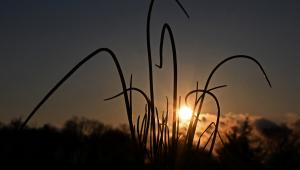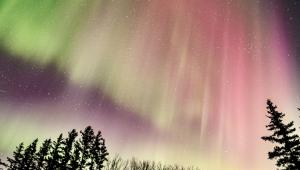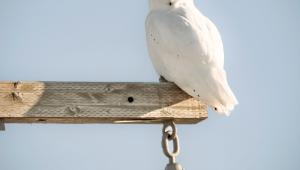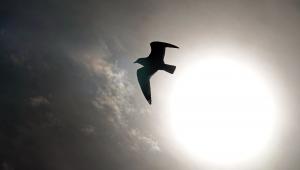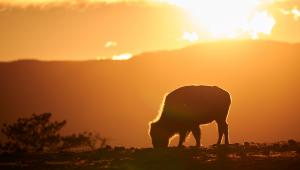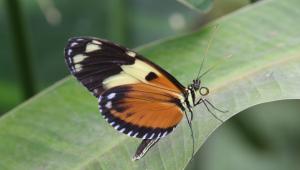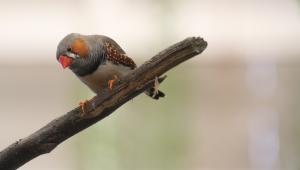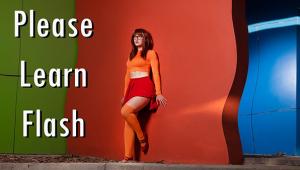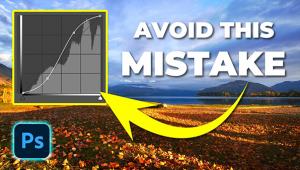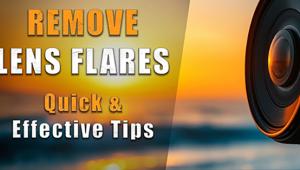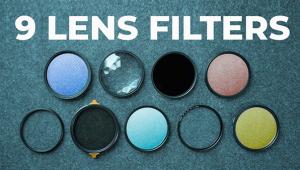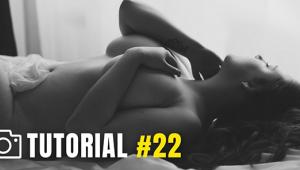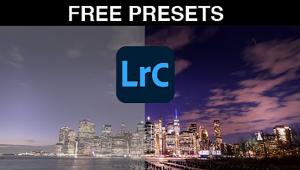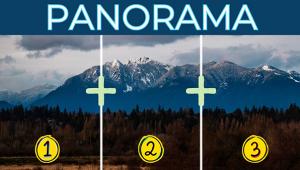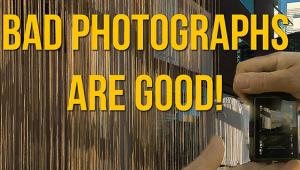- see here:
https://www.flickr.com/photos/dr_mabuse/21884180273/in/album-72157635187800021/.
The first reason is the low light capability so I use it for pictures of music and theatre events - see here:
https://www.flickr.com/photos/dr_mabuse/albums/72157672052242364 .
The second reason, ay you pointed out, the ability to use my old lenses, e.g. the Noct Nikkor.
The third point is that it's so small that it fits in the nice shoulder bag where I ported my F90x in the analogous times together with 2 other lenses, a tripod and the SB-800. No other full frame SLR would fit therein.
One objection, however, is that it suffered a shutter malfunction which cost me 400$ in repair, and this happened on an open air concert where I was to see Patti Smith and I had no other camera in reserve.Was very angry to miss this opportunity. I had never such a failure with any of my well used FA, FE2, F3, F5, F90x, D70s, D700.
And I missed the movie functionality. My newest acquisition is a D810 which I'm testing out now. A really fat body with an instruction manual of 500pages. The complexity is really reaching my limit.
So far and Good Light !
Jochen from Germany
Choose One Camera for the Rest of Your Life

The year is 2068 and the Dystopian Party has defeated the less conservative Cacotopian Caucus and all Americans are now permitted to own one and only one camera. You have five minutes to choose your system. When time is up, all of the gear you own that is not directly useable by your choice—and all of your other cameras—will be tossed straight into a cosmic wood chipper and shredded into impalpable dust. Which camera do you pick?
Wow! A real nightmare, no? That’s what I get for dozing off during the SOTU address. One camera. Don’t even consider a cell phone—handheld telephones were replaced by implants back in 2046.
The list of Last Camera Candidates is pretty long for me, and for you too, I’m sure. I’m a self-confessed hardware freak. But I’ve managed to winnow it down—through the process of elimination—to one survivor. If all of my other cameras are voted off the island, the last DSLR standing will be my Nikon Df.
Nikon Df? I can hear you muse. Wasn’t that camera introduced—like—five years ago? Yep. But hear me out. I have 11 pretty good reasons why this could be the camera to last a lifetime.

1. Image Quality
The IQ is absolutely superb. I’m told that the Nikon Df has the same CMOS imaging sensor as the Nikon D4. Although a great sensor alone does not a great camera make, sharing the imager with Nikon’s D4 puts the Df in damn good company. Shot for shot, I have been getting outstanding results from my Df, and that’s the most important thing to me.
2. Full Frame
The image sensor is full-frame, that’s FX in Nikon parlance. That’s key because I can use wide-angle lenses the way they were designed to be used. Of course, I can also take advantage of the wide array of crop-frame (Nikon DX) lenses, as well.
3. Fantastic Low-Light, High ISO Performance
I’ve been a low-light junkie for upteen years, ever since my Fujifilm F30 (circa 2006) taught me that high-ISO shots did not have to look like they’d been shot through a screen door. The extended ISO range of the Nikon Df is ISO 50 through ISO 204800. Please understand that I neither advocate nor recommend using ISO 204800 for anything other than Paul Signac style pointillism, but you can consistently good results up to ISO 6400 (and even higher depending on ambient light).
4. Ability to Use Older Nikon AF, Ai and – Most Importantly – non-Ai Lenses
You can use Ai Nikkor lenses on many Nikon DSLR bodies (many, but not all—so research before you break something) but the Nikon Df has a special lens mount with a retractable meter coupling tab that enables the use of non-Ai lenses, too. For more info, check my story from May 2017.
I have a basket full of old Nikon lenses—mostly Ai and AF but several non-Ai—that I have been accumulating (spelled: h-o-r-d-i-n-g) for the last few years. I have a 20mm f/4 and an 85mm f/2 that I would not trade for anything.
I use new stuff, of course, but I love old and ungainly gear just as much if not more. I mean, I sometimes write with a five-year-old 19¢ BIC when I have a Montblanc in my shirt pocket. Know the feeling? Like always reaching for the deformed cookie when offered a tray.
5. Bountiful External Controls
Change ISO, Exposure Compensation, Shutter Speed, etc., via externally located control dials and buttons. Huge timesaver.
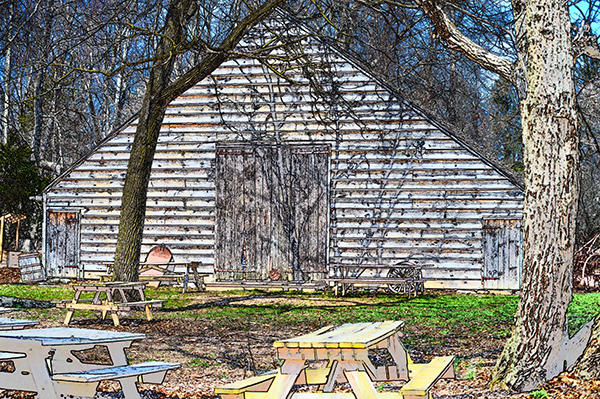
6. 100% Viewfinder
Surprisingly few DSLRs can make this claim. What you see is what you get—no more, no less. Cool.
7. In-camera Raw Processing
Admittedly, not something that I use much, but the capability is there when needed.
8. Compact Size and Light Weight
My Nikon Df weighs about 1.7 pounds. Compared to a Nikon D4 (about 3 pounds) or even my Nikon D800 (about 2 pounds) it’s a flyweight—and that spells comfort for all-day shooting.
9. Retro Styling
It looks cool. Reminds me of my old Nikon F from the 1970s. And it’s silver color in a world of black cameras. That’s silly, I know, but I like it.

10. Built-in Digital Effects
Even sillier, perhaps, but you can do some really neat things to images once you’ve captured them. The process will never replace Photoshop, but it’s a lot of fun to do while killing time in an airport lobby or while waiting for your coffee to cool.
The list of Filter Effects is extensive. Choose from Skylight, Warming, Red Green or Blue Intensifier, Cross Screen, Soft Focus. Plus you can emulate Fisheye, Color Outline, Color Sketch, Miniature Effect, Selective Color, Monochrome and Red-Eye Correction—even Resize and Trim. The effects are fun, creative and refreshing to find on such a traditional, classic camera.
11. Super High Capacity Battery
The Nikon EN-EL14a battery lasts for 1400 shots (CIPA Standard) or 2900 shots (Nikon Standard) and usually somewhere near the middle of those two measurements. And that’s a lot of shooting between recharges.
The Nikon Df is my choice and those are my reasons. Which camera would you choose? Please share your thoughts and tell us which features are most important to you.
—Jon Sienkiewicz
- Log in or register to post comments



